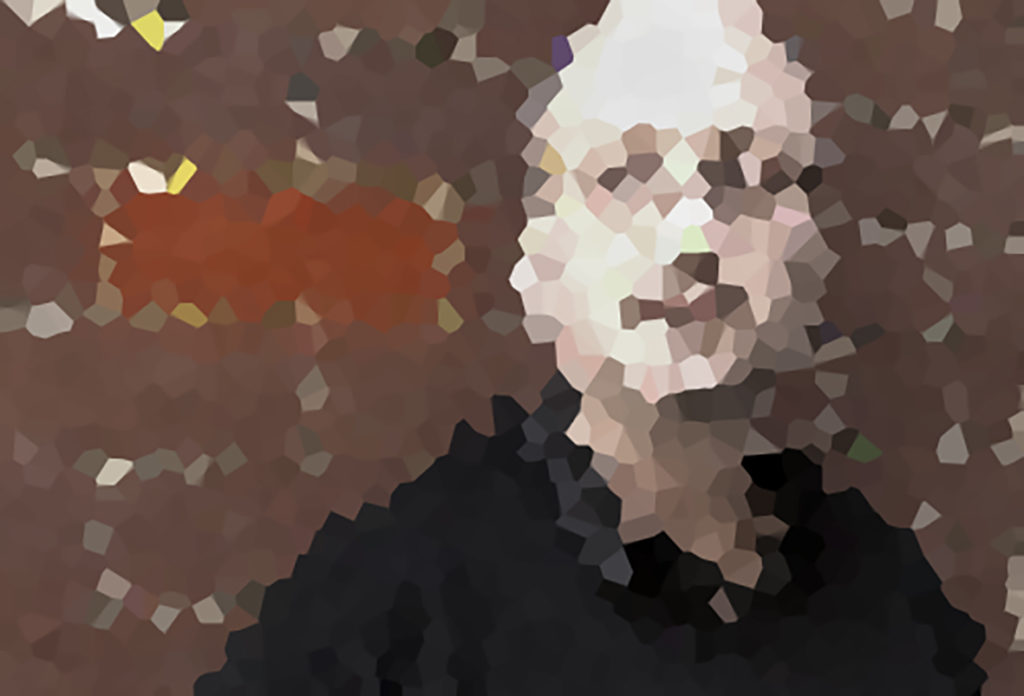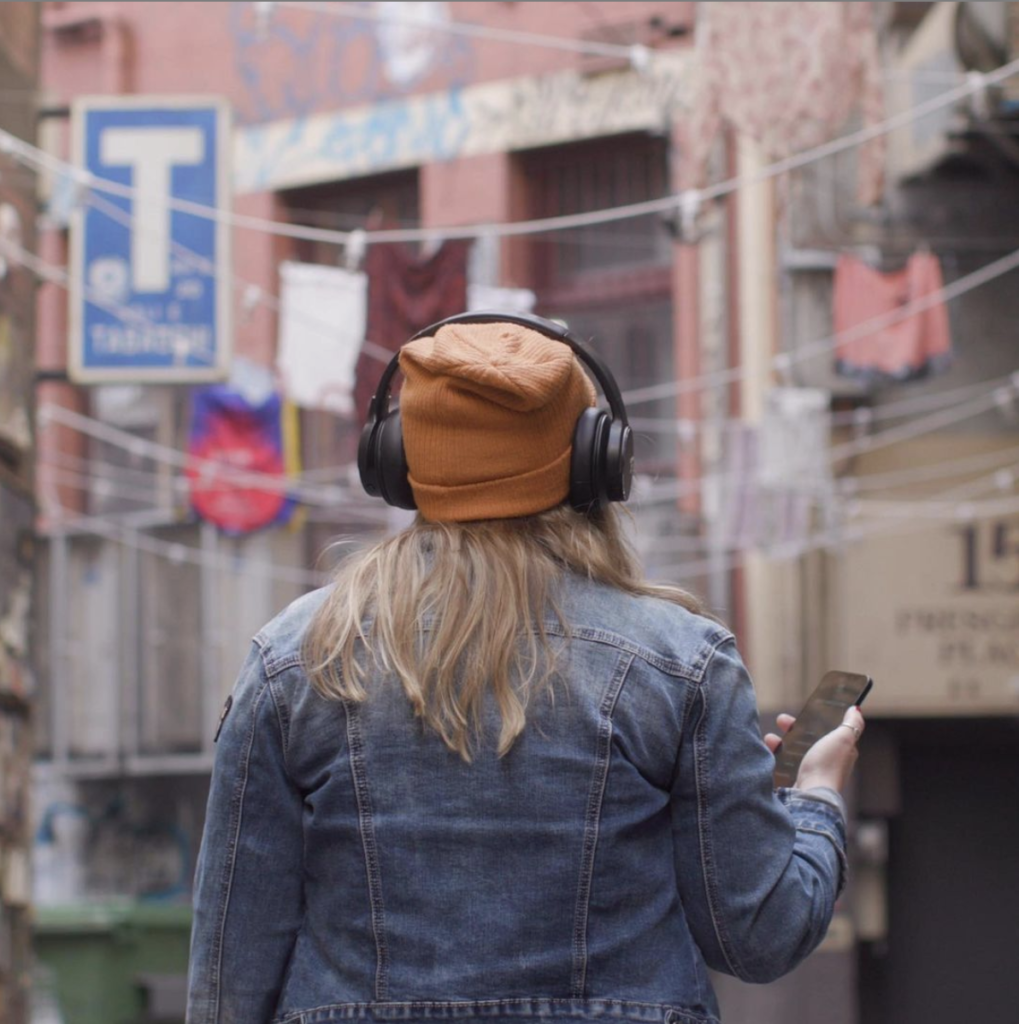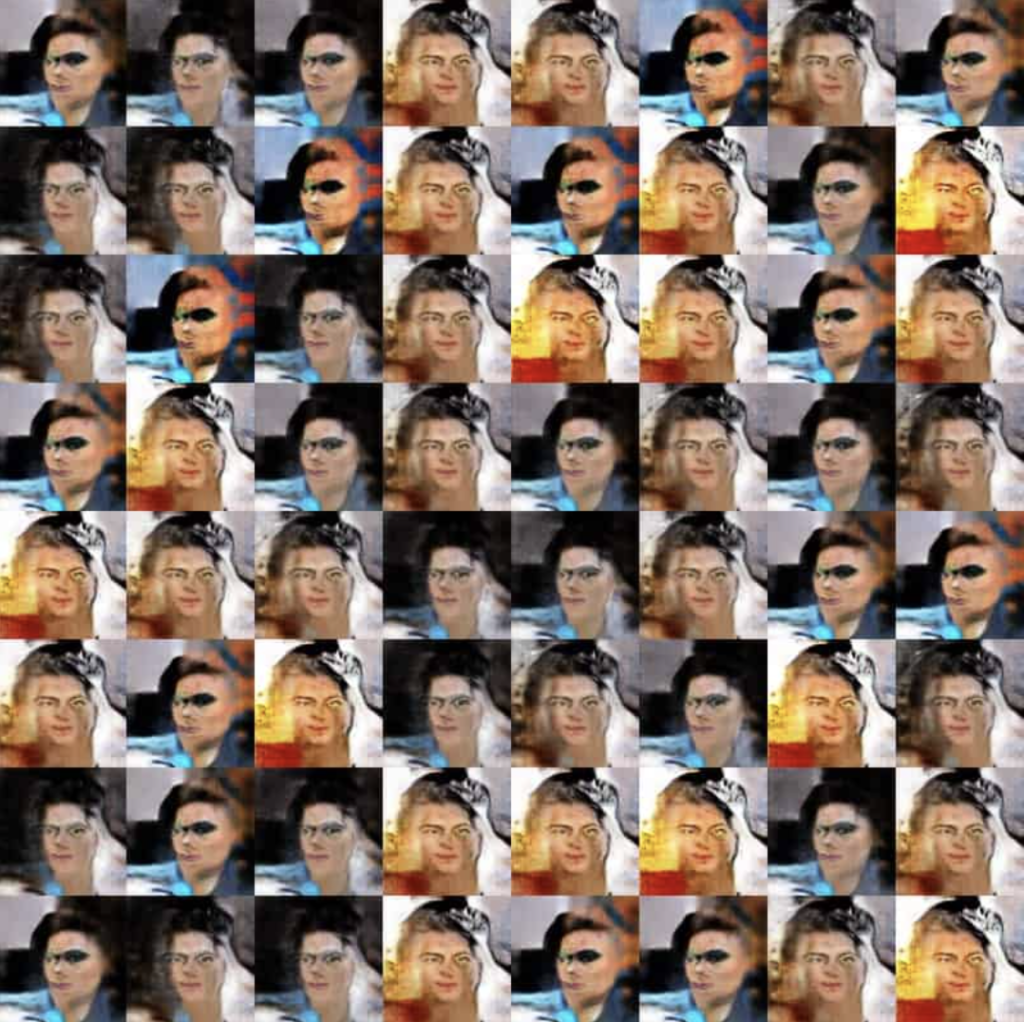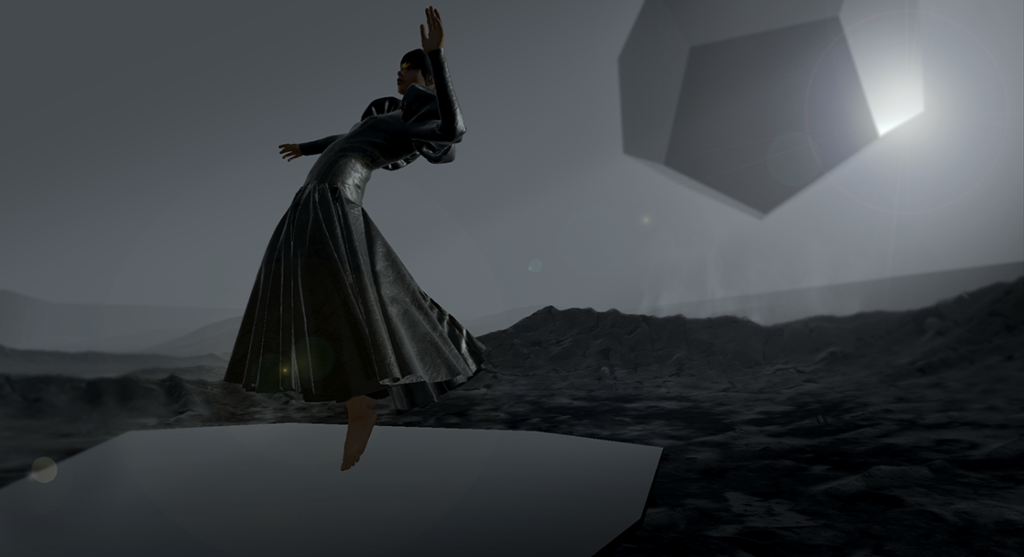Thursday 6May, 2021, 10am–3.30pm / Online via Microsoft Teams
JOIN NOWThe Imaging Futures Lab at RMIT University presents a symposium on expanded photography and the future of the image. Involving academics, post graduate students and industry professionals, this one day symposium seeks to explore and critique new directions in the creative application of photography.
About the Symposium
In the context of ubiquitous photography, machine learning, computational imaging and mixed reality, new possibilities exist for how photographic imaging is being used and critiqued in society.
The Generator 2021 symposium seeks to provide a platform for artists, photographers, academics and industry to critique and generate shared encounters, experiences and creative outcomes.
Topics and provocations for the symposium include but are not limited to the following:
- Creative applications for new imaging technologies, including virtual/augmented and the design of mixed realities
- The social impact and effects of imaging technologies, including surveillance and facial recognition, privacy, territories and geomapping, gender identification, and health
- Ubiquitous computing including practical applications and theoretical insights
Presented through a series of discussions situated within contemporary photography and creative practices, the symposium aims to explore new ways of working with photography, and the complex social and cultural implications of emerging technological applications in the field of imaging futures.
Research topics and keywords
#artificial intelligence, #computer vision, #machine learning, #expanded photography, #privacy, #augmented reality, #photogrammetry, #virtual reality, #technology, #geomapping #computational photography, #digital humanities, #new materialism, #post human, #ethics, #human-machine interaction
Schedule
| 10.00am | Opening Remarks | Dr Alison Bennett & Assoc. Prof. Shane Hulbert |
| 10.10am | Dr Alison Bennett, Lynda Roberts & Yazid Ninsalam | Bowen Street Point Cloud Project |
| 10.40am | Nirma Madhoo | Obsidian XR Collaborative Project |
| 11.10 | Break | |
| 11.30am | Dr Troy Innocent | 64 Ways of Being |
| 12.00pm | J Rosenbaum | AI & the perception of gender |
| 12.30pm | Break for Lunch | |
| 1.30pm | Jair Garcia | What does a machine see? |
| 2.00pm | Assoc. Prof. Adrian Dyer | Face recognition, forensic data validation and information access |
| 2.30pm | Assoc. Prof. Pablo Garcia | NFT’s and the Conquest of Ubiquity |
| 3.00pm | Closing remarks | Dr Alison Bennett & Assoc. Prof. Shane Hulbert |
Speakers & Presentations
Associate Professor Adrian Dyer
Face recognition, forensic data validation and information access

Who controls the narrative? When Steven Sasson invented the digital camera at Kodak in 1975, few people could have envisaged the possibility of mobile phones with high resolution cameras that could instantly transmit images around the world. At that time photographic evidence chain protocols for law enforcement were embedded in work practice where only authorised persons were permitted to collect and manage images in a formal way. Now, widespread camera deployment, for example Police Body cameras, has jumped ahead of legal considerations of what is legitimate evidence. This is important for who can supply and subsequently access multiple sources of visual evidence, and what is potentially admissible in a given court jurisdiction. When such information can be networked with powerful deep learning face recognition AI we have a dangerous cocktail that even dystopian authors fell short on envisaging.
Dr Alison Bennett, Lynda Roberts & Dr Yazid Ninsalam
Bowen Street Point Cloud Project

Lynda Roberts (RMIT Creative Student Life) and Dr Yazid Ninsalam (RMIT Landscape Architecture) would like to talk about the Bowen Street Point Cloud project. The project engagers with expanded photographic applications, 3D scanning and social encounters via webXR
Dr Troy Innocent
64 Ways of Being

Design and cities are connected in complex and multiple ways, shaping our collective experience of the world. We experience this every day through our ways of being in public spaces – streets and laneways, gardens and parks, arcades and public squares, and many other unnamed, intangible and temporary forms of public space that arise from our collective being in the world. In 64 Ways of Being, Melbourne is transformed into a playable city through an inventive blend of live art, game design and public art. People and place are connected at 64 locations across the city via augmented reality encounters capturing different ways of being. These experiences reimagine Melbourne’s identity as expressed through its creative, linguistic, cultural, social and urban diversity. This in turn transforms our mediated experience of public space through the screen of the mobile, transforming it into a site of digital-material poetics, imaginative urban play – experience and reflection over data and information.
J Rosenbaum
AI & the perceptions of Gender

Through my PhD at RMIT, I am exploring computer perceptions of gender and the way AI creates and interprets gendered images. By highlighting the problems in AI through art I am hoping to encourage meaningful discourse about the way we interact with artificial intelligence. Bias is a particularly large issue that affects gender and sexual minorities, people of color and people with disabilities. I create art with neural networks and subvert biased datasets by introducing new data to show that Artificial Intelligence is capable of change and updating trained biases. I will be discussing my research and the major projects that have emerged through my time at RMIT and how I use art to highlight the lack of awareness of gender minorities in AI. Through my work I explore how bias can impact and harm, and show that it is a problem that can be remedied.
Dr Jair Garcia
What does a machine see?
We increasingly trust in algorithms to make decisions about everyday issues. Applications go from sorting images based on content and relevance to the adjustment of speed by driverless vehicles based on traffic levels. However, we question on how these algorithms use digital images to inform their decisions, particularly, when images are recorded without human intervention. Which are the visual constructs from an image coded by the learning machine ? This question links to ideas posed to photography during its infancy when cameras began capturing reality without humans, when Nature was depicting itself, as pointed out in 1839 a correspondent for Le Commerce observing one of the first daguerreotypes ever produced. Surprisingly, there is a bridge between the photographic aesthetic and its interpretation by computer algorithms, which perhaps surprisingly, is inspired by the way information is coded by the visual system of humans and other animals.
Nirma Madhoo
Obsidian XR Collaborative Project

“OBSIDIAN. A minor planet. A rogue planet captured by AXP 1e-11’s gravitational well. Basaltic. Melanated. Noir. A virtual world inhabited by symbiont and avatar, the I.N.A, homage to Octavia Butler’s protagonist in Fledgeling.” Obsidian XR collaborative project launched at Melbourne Fashion Festival and was showcased at MARS Gallery, Windsor from 11-27 March 2021 as part of my creative practice research. The proposed paper for ‘Generator’ will first outline the hybrid and collaborative processes that were required in order to create and embed full-scale fashioned bodies to social VR platform VRChat. Obsidian XR supersedes representational practices in the understanding of fashion film (and fashion media) in order to explore real-time VR as embodied mode of viewing. The paper will propose a posthumanist and diffractive reading of this output.
Assoc. Prof. Pablo Garcia
NFT’s and the Conquest of Ubiquity

Pablo is an Associate Professor in the Department of Contemporary Practices at the School of Art Institute of Chicago.
Maybe the sudden rise of Nonfungible Tokens (NFTs) was inevitable. After a century of art and technology eroding concepts of real, fake, original, and reproduction, perhaps we need NFTs to calm “authenticity panic”? Creating uniqueness in an ocean of ubiquity has implications for art history, image consumption, and new frontiers of digitality. Instead of asking if NFTs are good or bad, let’s consider alternative questions: How does NFT technology relate to fake Louis Vuitton handbags? How is it like the selfie? Why is Marcel Duchamp laughing his head off right now?
